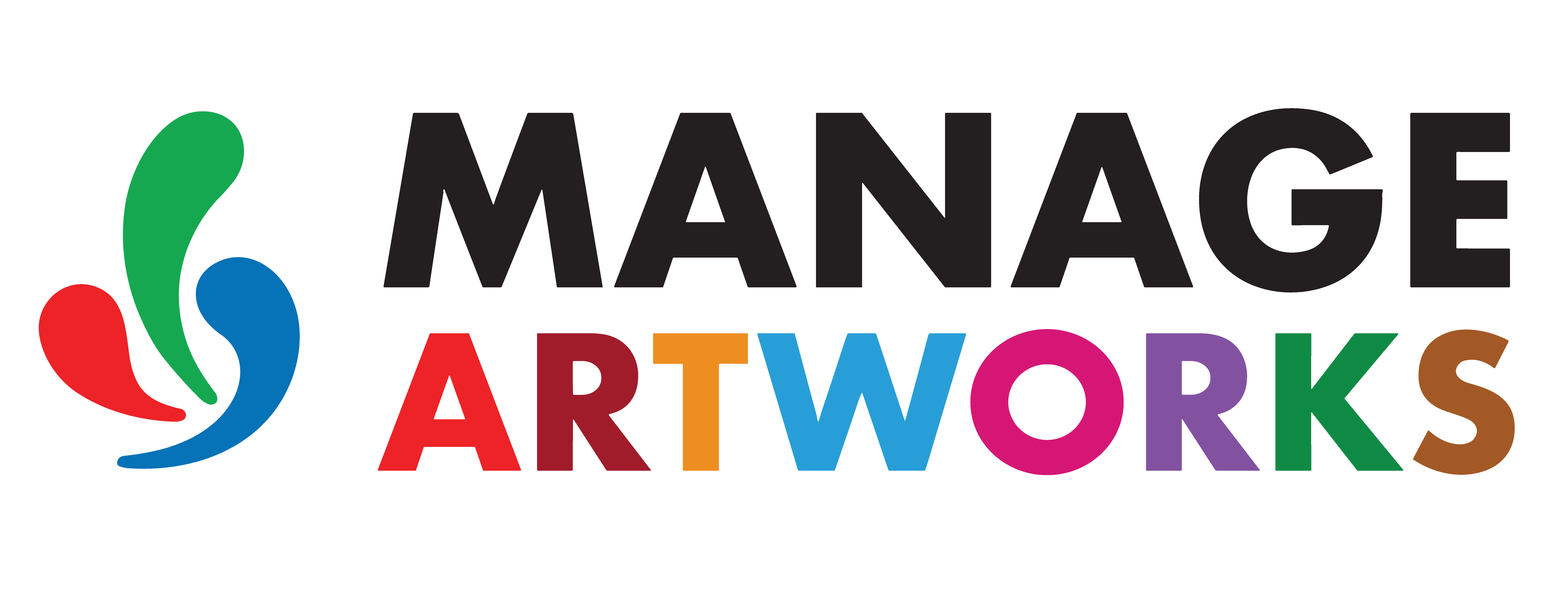Challenges in Parsing a PDF
Working with PDFs is more complex than it appears. While a PDF looks like a fixed document to the viewer, its internal structure doesn’t always represent content in a simple, sequential order. Text, images, fonts, and graphics are stored as independent objects positioned on a page rather than in a continuous flow.
When proofing or analyzing a PDF, this structure can introduce several challenges:
| Challenge | Description |
|---|---|
| No consistent reading order | Unlike HTML or Word files, PDFs do not store content in a logical left-to-right, top-to-bottom sequence. Text elements are positioned based on coordinates, not flow, making it harder to extract or compare text accurately. |
| Fragmented text elements | A single sentence may be broken into multiple, separate text boxes. This happens frequently when text is outlined, kerned, or spaced individually—causing fragmented extraction results. |
| Layering and stacking order | PDFs support multiple layers, where objects (text, shapes, or images) are stacked visually. Depending on how these layers are arranged, some elements may overlap, hide, or shift when viewed in different tools. |
| Font embedding issues | Fonts used in the original design may not always be embedded in the PDF. When missing, they are substituted by the viewer’s default fonts, which can cause text misalignment or spacing differences during proofing. |
| Text stored as graphics | In some cases, especially with vectorized artwork or scanned files, text is converted into graphic shapes. Such content cannot be read or compared as text, affecting text-based proofing or search. |
| Inconsistent rendering across viewers | The same PDF can appear slightly different depending on the viewing or rendering engine (e.g., Adobe Acrobat vs. browser-based PDF viewers). These variations can affect perceived colors, transparency, or alignment. |
Why it matters for proofing?
These structural differences make automated proofing—such as text comparison, color verification, or layout validation—more challenging. Our artwork proofing engine uses advanced PDF libraries and adaptive parsing logic to interpret these variations intelligently, ensuring that visual and textual checks remain accurate regardless of how the PDF was created.
